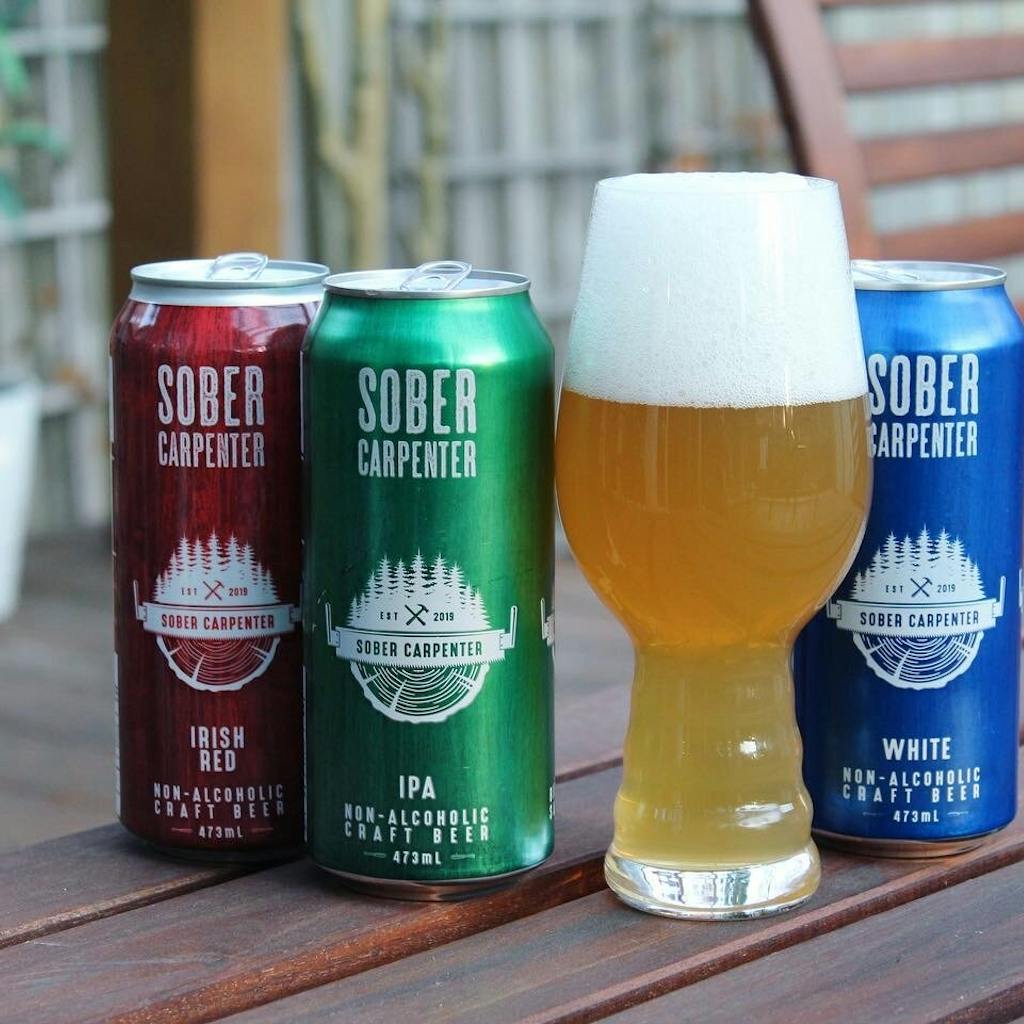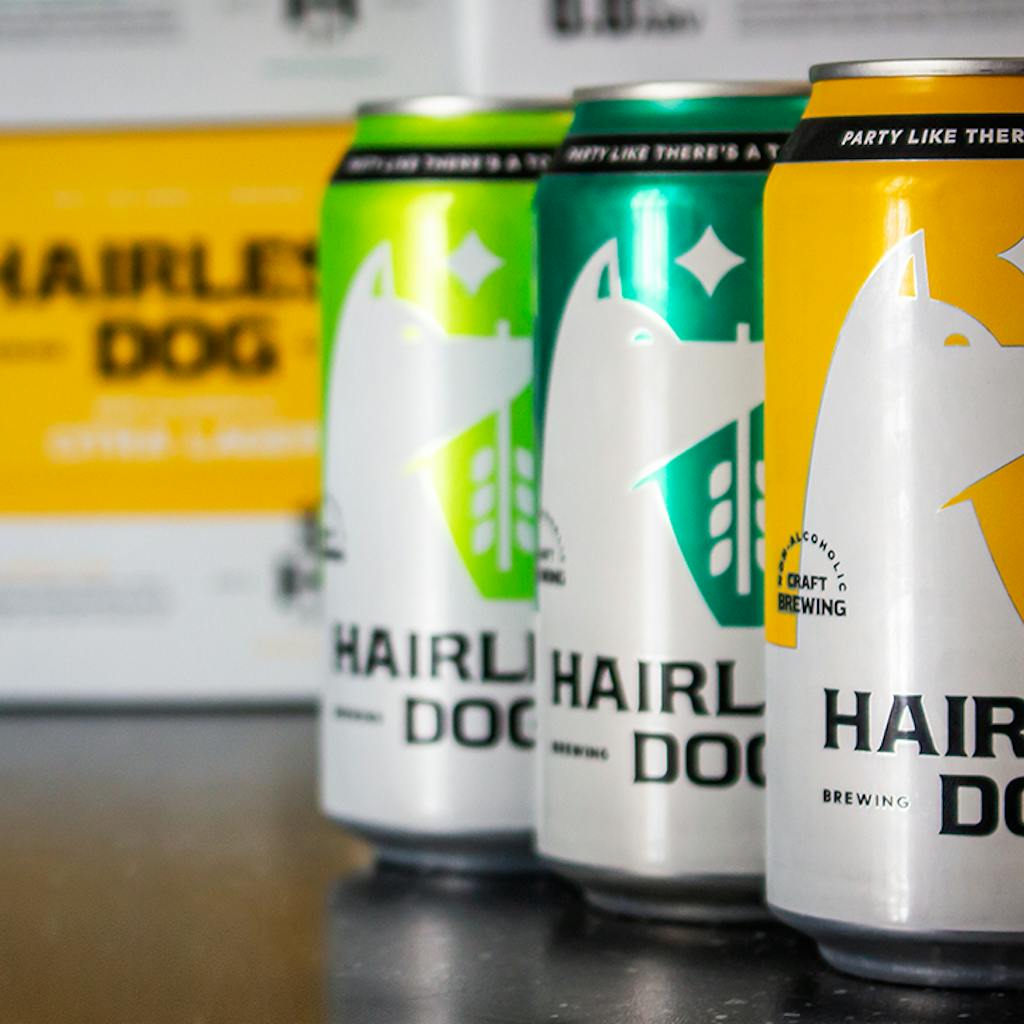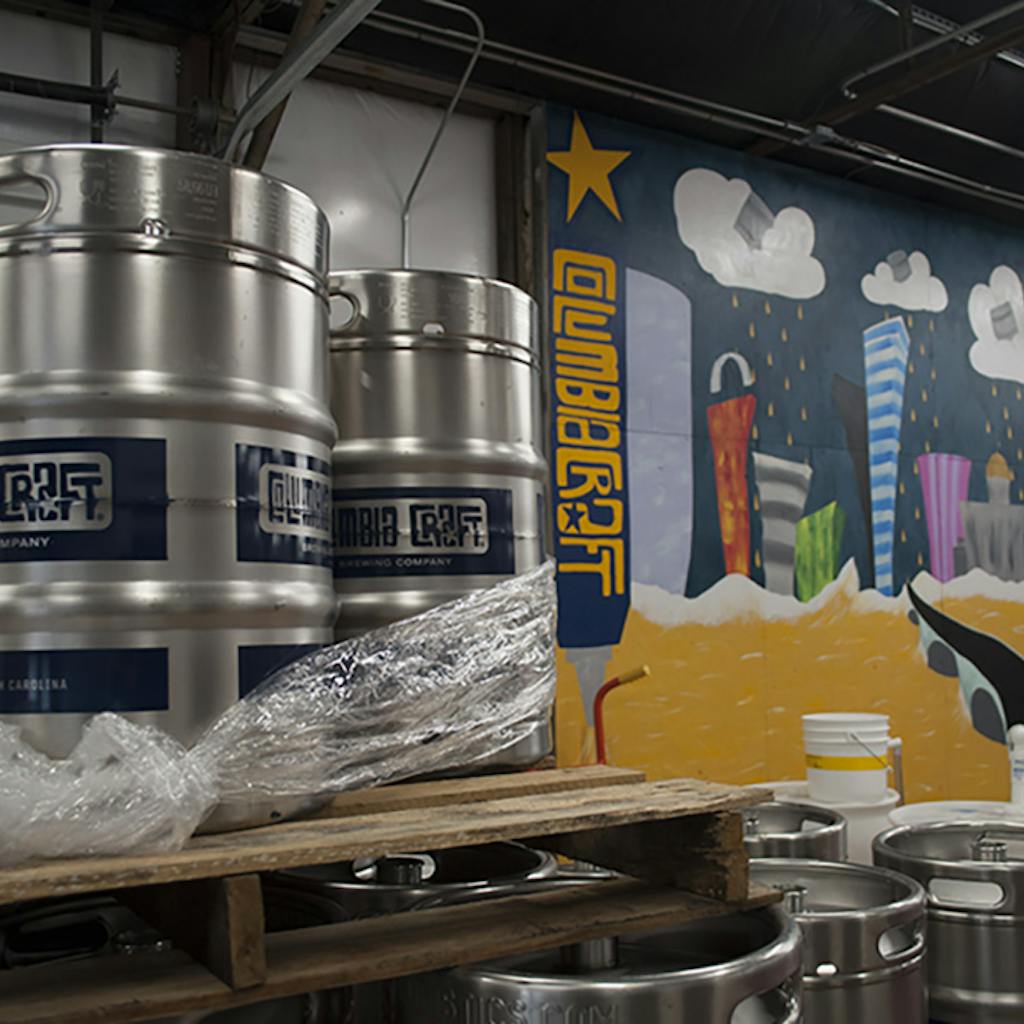When consumers find something they love, they can’t help but put their hearts and souls into discovering all they can about their new obsession. Some might call it a “passionate hobby” or even “geeking out” over whatever it is that has caught their fancy.
Geeking out over beer has been on trend for the past decade-plus, and now beer enthusiasts are turning their ardor toward the newest trend in craft brews—non-alcoholic brews. Retail buyers are clamoring to get more non-alcoholic beer offerings on their shelves, and suppliers are eager to provide an array of non-alcoholic options. Don’t believe us? Then believe the numbers – RangeMe has almost 200 non-alcoholic beer product listings, and of those, 60 are craft non-alcoholic beers. What’s more, market research group Nielsen recently noted that dollar sales of non-alcoholic beer, wine, and spirits rose a whopping 35% for the 52 weeks ending August 7, 2021.
As consumers have geeked out over beer— with or without alcohol—their demands have grown. They’re looking for more brew styles and intriguing flavor profiles, and that doesn’t stop just because the weather is changing. (In fact, it’s pretty safe to say new ideas in beer is an enduring trend, as evidenced by the fact that “beer” was one of top 10 terms searched by buyers on RangeMe in Q2 2021.) With fall around the corner, though, let’s take a deep dive into the beer trends that are falling into favor with consumers.
The buzz of non-alcoholic beer
The start of the COVID-19 pandemic saw a quick uptick in beer sales, but as we’ve moved deeper into the pandemic, a trend toward non-alcoholic brews is having a moment. More like several moments, really.
Five years ago, says Nicolas Gagnon-Oosterwaal of Canada-based Sober Carpenter, NA offerings were limited at best, and their flavor profiles left something to be desired. Fast forward, and NA beers are stirring up a buzz in the beverage industry with many styles to choose from and NA beers that taste just as good as traditional beers.
Spurring this change has been the ongoing pandemic—consumers are asking for healthier options of indulgences across categories, including beer.
“At the start of the pandemic, alcohol consumption was rising and people weren’t exercising as much,” Gagnon-Oosterwaal says. Now, as people are making healthier decisions in terms of what they are eating and drinking, that’s creating growth and demand for non-alcoholic beers, he adds.
Jeff Hollander, CEO and co-founder of Hairless Dog Brewing Company in Minneapolis, agrees that the pandemic gave rise to non-alcoholic beer. “Many consumers stuck at home found themselves overindulging, re-evaluating their relationship with alcohol, and eventually seeking bold and tasty alternatives,” he says. “The rising tide of the NA segment became a tsunami very quickly.”
And it turns out, fans of non-alcoholic beer are demanding offerings in much the same vein as their traditional counterparts. “Deeper, richer flavors are popular this time of year as evidenced by the rise in demand for our malt-forward black ale, a customer and critical favorite,” says Hollander. They’re also seeing continued excitement around their IPA and expect the current hop-forward trend to sustain year-round. Hollander also notes that fruit- and citrus-infused styles are also trending up, and more complex and bold blends are too, as cold-weather approaches.
Riding the wave of beer trends
Andrew Strauss, CEO and co-founder of Columbia Brewing Company in Columbia, South Carolina, says sour beers are still trending with consumers, and pastry stouts—stout beers brewed with vanilla or cocoa or other bakery-like add-ins—are coming up with the onset of cooler weather. Barrel-aged stouts are still a popular trend, he adds, which are particularly popular in cooler weather.
To capitalize on these latest beer trends, being able to adapt quickly for both retailers and suppliers is key.
With many consumers’ moving towards nonalcoholic beer, retailers need to ensure they have enough options to satisfy these consumers. Hollander says expanding NA options, and experimenting with smaller, lesser-known craft brands that resonate with consumers just as their counterparts on the traditional beer side have will make an impact. “Whether a customer is choosing NA for the night or for the long-term, ‘low alcohol’ NA options with up to .5% ABV are no longer cutting it for those looking to eliminate alcohol,” he notes.
Consumers will refrain from drinking another beer because they don’t want more alcohol or they don’t want to drink too many calories, notes Gagnon-Oosterwaal, and non-alcoholic beer solves both of those problems. “It creates additional drinking occasions,” he adds. “Retailers can increase their beer sales with a good offering of non-alcoholic products.”
For traditional beers, Strauss says capitalizing on the trends means ensuring availability and making connections with buyers and managers in charge of sourcing the beer their consumers want. “I tell my team we have to brew what people want and get it to them yesterday,” he says, “because there is so much beer out there.” But in addition, he says, “we’re not just selling beer, we’re selling ourselves, and we want to make the relationship,” whether that’s a distributor, retailer, or bar.
The next page on the calendar
Consumers’ thirst for beer isn’t relegated to fall. With new flavor profiles and new brew styles emerging, beer trends are continually evolving. The non-alcoholic sector, for example, expects continued growth, as lower ABV styles gain more ground over the coming year, notes Hollander. “In the NA market, brands that can offer 0.0% ABV with the mouthfeel, body, and flavor of a true craft beer will pull ahead of those offering .5% as consumers become wiser and expect a true NA option,” he says.
Gagnon-Oosterwaal agrees that NA beer has a big future. “I think the non-alcoholic trend is here to stay as more people know about the potential negative impacts of alcohol consumption, and will try to decrease how much alcohol they consume.” An increase in varieties and styles will fuel the trend, he adds.
On the traditional side of beer, Strauss says sours aren’t going anywhere, and neither is the trend toward barrel-aged brews. Also, specialty lagers are poised to take off—Italian lagers, zwickels, German lagers, and the like. “Anything that is specific to a certain area,” Strauss says, is seeing the potential to be a hit with consumers.
One thing is for sure—brew something good, and consumers will continue to be enthusiasts, no matter the season.
To learn more about how to join RangeMe for free, visit www.rangeme.com.





